
您当前的位置:首页 » 产品展示 » 毛细管柱 » HH-PLOT Molecular sieve甲烷毛细管柱 定量分析非甲烷总烃的毛细管柱
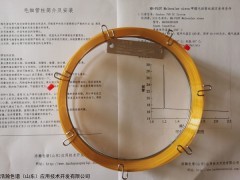
| 产品名称: | HH-PLOT Molecular sieve甲烷毛细管柱 定量分析非甲烷总烃的毛细管柱 |
| 产品型号: | HH-PLOT Molecular sieve甲烷毛细管柱 |
| 品牌: | 1941 |
| 产品数量: | |
| 产品单价: | 面议 |
| 日期: | 2022-08-17 |
HH-PLOT Molecular sieve甲烷毛细管柱 定量分析非甲烷总烃的毛细管柱的详细资料
定量分析非甲烷总烃的毛细管柱定量分析非甲烷总烃的毛细管柱 详细信息:
名称:甲烷毛细管柱
编号:20220719007
规格:30m*0.53mm*25um
型号:HH-PLOT Molecular sieve
使用温度:250°C
应用:HJ-2017环境空气/固定污染源废气中总烃,甲烷,非甲烷总烃的测定 气相色谱法
总烃,指所有的碳氢化合物及其衍生物,对环境空气造成污染的主要是常温下为气态及液态但具有较大挥发性的部分。非甲烷总烃通常是指除甲烷以外的所有可挥发的碳氢化合物及其衍生物(其中主要是c2‑c8)。在实验条件下,用氢火焰离子化检测器(fid)所测得的气态碳氢化合物及其杂原子取代化合物的总量,减去甲烷部分的含量,即为非甲烷总烃。非甲烷总烃浓度高,一般说明空气或者废气中有机污染物含量高,除直接对人体健康有害外,在一定条件下大气中的烃类与氮氧化物经日光照射产生一系列光化学反应而形成光化学烟雾,对环境和人类都造成进一步危害。因此大气污染物综合排放标准中明确规定了非甲烷总烃的高允许排放浓度、高允许排放速率和无组织排放限值。
非甲烷总烃测定的公认方法是分别测定总烃和甲烷含量,然后两者相减得到非甲烷总烃含量。对于总烃测定,通常将样品气以固定流速连续流入fid检测器,或利用载气(零气)将固定体积的样品气带入fid检测器,这是总烃测定的标准方法。
定量分析非甲烷总烃的毛细管柱 测试谱图:
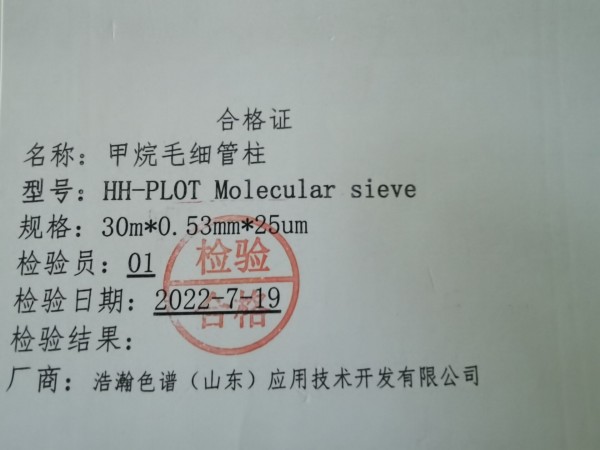
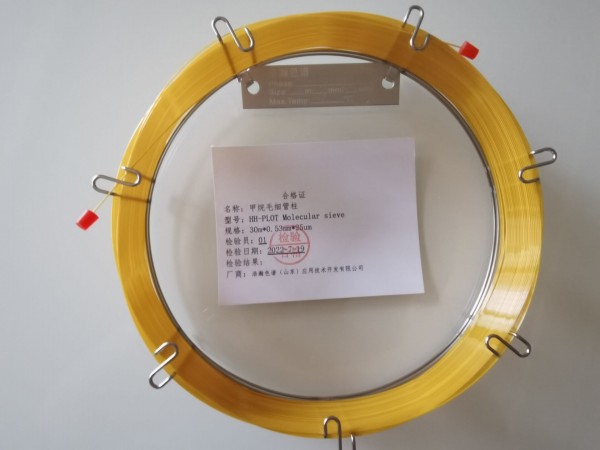
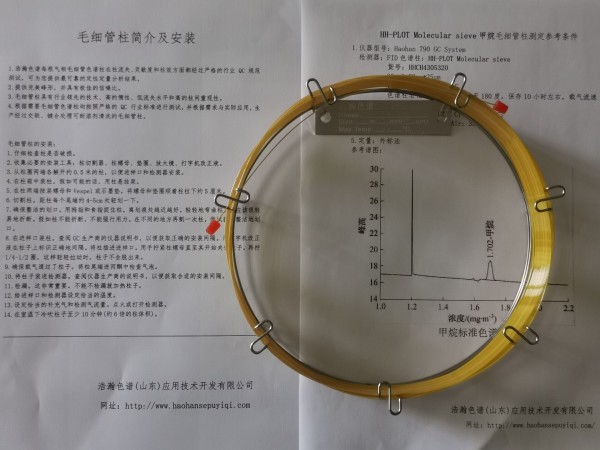
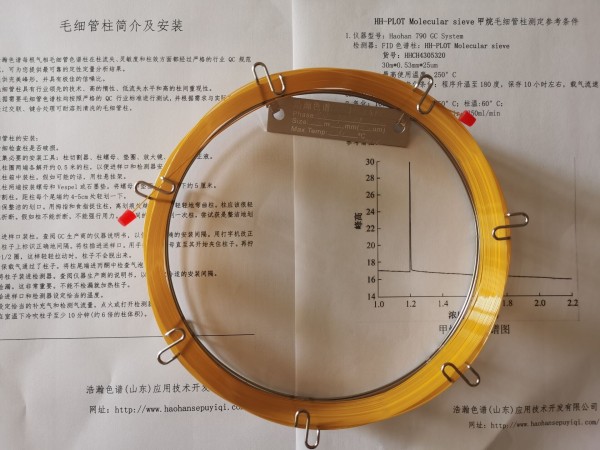
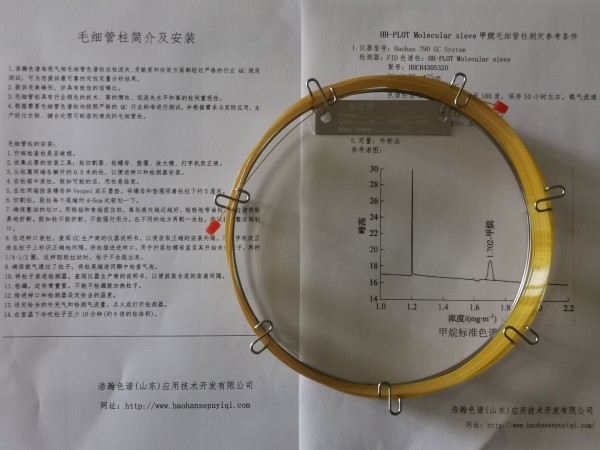
Capillary column for quantitative analysis of non-methane total hydrocarbons
Capillary column for quantitative analysis of total non-methane hydrocarbons Details:
Name: Methane capillary column
Number: 20220719007
Specifications: 30m*0.53mm*25um
Model: HH-PLOT Molecular sieve
Operating temperature: 250°C
Application: HJ-2017 Determination of total hydrocarbons, methane, and non-methane total hydrocarbons in ambient air/statio
Total hydrocarbons refer to all hydrocarbons and their derivatives. The main pollutants to ambient air are the gaseous and liquid but highly volatile parts at room temperature. Non-methane total hydrocarbons generally refer to all volatile hydrocarbons and their derivatives (mainly c2-c8) except methane. Under the experimental conditions, the total amount of gaseous hydrocarbons and their heteroatom-substituted compounds measured by a hydrogen flame io
The accepted method for the determination of total non-methane hydrocarbons is to measure the total hydrocarbons and methane co
Capillary column test spectrum for quantitative analysis of non-methane total hydrocarbons: